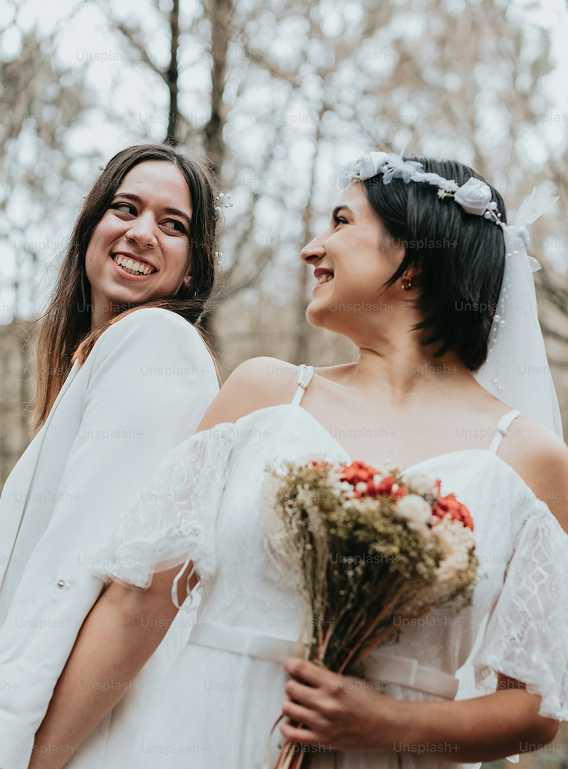

You’re probably not the only one counting the seconds until the party starts. So why not have a little fun with it? Vow Timer provides a platform for Wedding guests to connect pre-ceremony and make guesses on what everyone’s thinking: how long is this thing gonna take? The timer starts ticking when the Mother of the Bride’s rear hits the chair and time’s up with the presentation of the brand-new newlyweds. Guesses are locked in once the timer begins and whoever is the closest to the official timestamp at the end is the winnerI



This game was a hit! It added so much fun to the ceremony, with everyone guessing and laughing together. It’s such a simple idea, but it got all the guests talking and really brought us closer. Highly recommend it for any wedding!

This game was a hit! It added so much fun to the ceremony, with everyone guessing and laughing together. It’s such a simple idea, but it got all the guests talking and really brought us closer. Highly recommend it for any wedding!

Why Choose

Vow Timer adds a fun twist to wedding ceremonies by letting guests predict how long the ceremony will take.
It helps wedding guests connect and engage with one another before the ceremony begins.
The timer starts when the mother of the bride is seated and stops when the couple is officially presented as newlyweds.
Guests lock in their guesses once the timer begins, making it a real-time competition.
The guest who guesses closest to the actual ceremony length wins!
Turns waiting time into a fun, interactive game.
Anyone who did not attend the wedding rehearsal. If they attend the rehearsal dinner, but not the actual run through of the service, they can still play, but anyone who went to the practice for the wedding has too much insider information.
The ideal Time Keeper is the Father or Mother of the Groom. Both of these people probably attended the rehearsal, so they are not eligible, but they are not actually up at the altar and busy during the service. Other examples might be: the wedding planner, or an usher who is not seating the Mother of the Bride.
Time starts when the Mother of the Bride is seated. She is supposed to be the last person formally seated before the processional starts. In the event that there is not a Mother of the Bride, time would start at the seating of the last person formally seated before the procession starts. Read More
The winner is the person who guesses the time closest to the actual time of the ceremony. It doesn’t matter whether the time guessed is over or under the actual time, just the closest guess. If there were ever 2 guesses equally distant from the actual time, both guesses win, and the winners can split the prize.
Yes, guesses will not be accepted until the participant “Checks In” at the ceremony.
No, the guessing is closed when the Time Keeper starts the event clock.
That is completely up to the event organizer. Ideas might be a bottle of wine or champagne, a dance with the bride or groom, or some other wedding themed prize.
Sure! – but why would you want to?
In our opinion, it is preferable to announce the winner at the reception, possibly during one of the speeches, such as the Best Man’s toast. This makes the anticipation of the result of the game an icebreaker at the reception. Since most weddings receptions have many people who don’t know each other, the game gives them something to talk about immediately. It is possible to use the app to announce the winner. This method can be used if the game is not being played by the majority of the wedding participants and an announcement during the reception would not be appropriate.
Time starts when the Mother of the Bride is seated. She is supposed to be the last person formally seated before the processional starts. In the event that there is not a Mother of the Bride, time would start at the seating of the last person formally seated before the procession starts. This is usually a well-defined moment.
Time stops when the officiant announces the married couple, as in, “I now present to you Mr. and Mrs. Whoever.” We recognize that there can be many variations on this wording, but there is almost always a presentation of the newly married couple at the end of the service, immediately before the recessional.